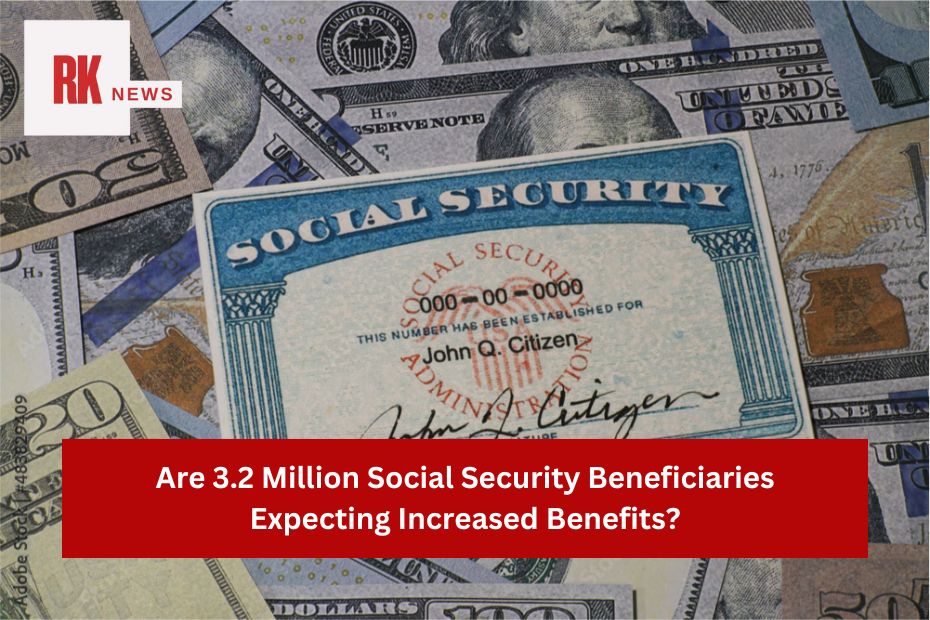For millions of Americans, the Social Security Fairness Act’s recent passage signifies a turning point due to the Government Pension Offset (GPO) and the Windfall Elimination Provision (WEP), which have long resulted in diminished payments. State and local government personnel, such as firemen, teachers, and police officers, who get pensions from firms not covered by Social Security, have traditionally been affected by these laws. A sizeable portion of recipients would feel more financially secure if these protections were eliminated.
The estimated number of people who stand to gain from this change in legislation is 3.2 million. Monthly payments will be boosted for these people, who have seen a reduction in Social Security benefits because their jobs are not covered. A one-time retroactive payment that they are qualified for covers an additional benefit due after December 2023. Many have felt the pain of lower benefits for years, so this cash increase is a much-needed reprieve.
By the end of March, the majority of qualified recipients should have received the retroactive payouts. To fill the void left by the earlier arrangements, this distribution is being made at the last possible moment to provide urgent financial aid. The advantages that were denied to them in the past will be reflected in this retroactive payment, which will be a large amount for many. Many are looking forward to these payments because they will help rectify Social Security inequalities that have occurred in the past.
In the future, the April 2025 payment is when the higher monthly payments are supposed to kick in. Those impacted will see an increase in their monthly income thanks to this modification, which will give continued financial help. The average rise varies by recipient type, but retired workers may expect an average monthly gain of $360. All beneficiaries, regardless of their work experience, should be treated fairly, and this adjustment highlights that significance.
Spouses and surviving spouses of beneficiaries will experience even larger increases. A monthly increase of $700 is anticipated for spousal beneficiaries and a monthly increase of $1,190 is possible for surviving spouses. These changes are an attempt to make the distribution of benefits more fair and reflect the particular financial difficulties these groups experience. There is a large financial safety net provided by the retroactive contributions to these entities.
Notifying impacted recipients of these changes is of the utmost importance. The SSA has been at the forefront of informing people who are eligible for back payments and higher benefits. The recipients will be well-informed and able to make preparations because of this message. The specific amount of the raise and retroactive payment, however, will differ from person to person based on their unique situation, employment history, and benefit type.
Although the average gains provide a broad indication, the actual effect on individual recipients may vary. The ultimate figure will be impacted by factors including the duration of unprotected work and the kind of pension that was obtained. If beneficiaries have any queries or need more explanation, they should check their circumstances and contact the Social Security Administration. By taking this preventative measure, we can make sure that everyone qualified gets the benefits they deserve.
Conclusion
In conclusion, the recent Social Security changes provide much-needed financial relief to 3.2 million beneficiaries affected by GPO and WEP. With retroactive payouts and higher monthly payments starting in April 2025, this adjustment aims to correct past inequalities and ensure fairer benefits for those who have long faced reduced payments.
